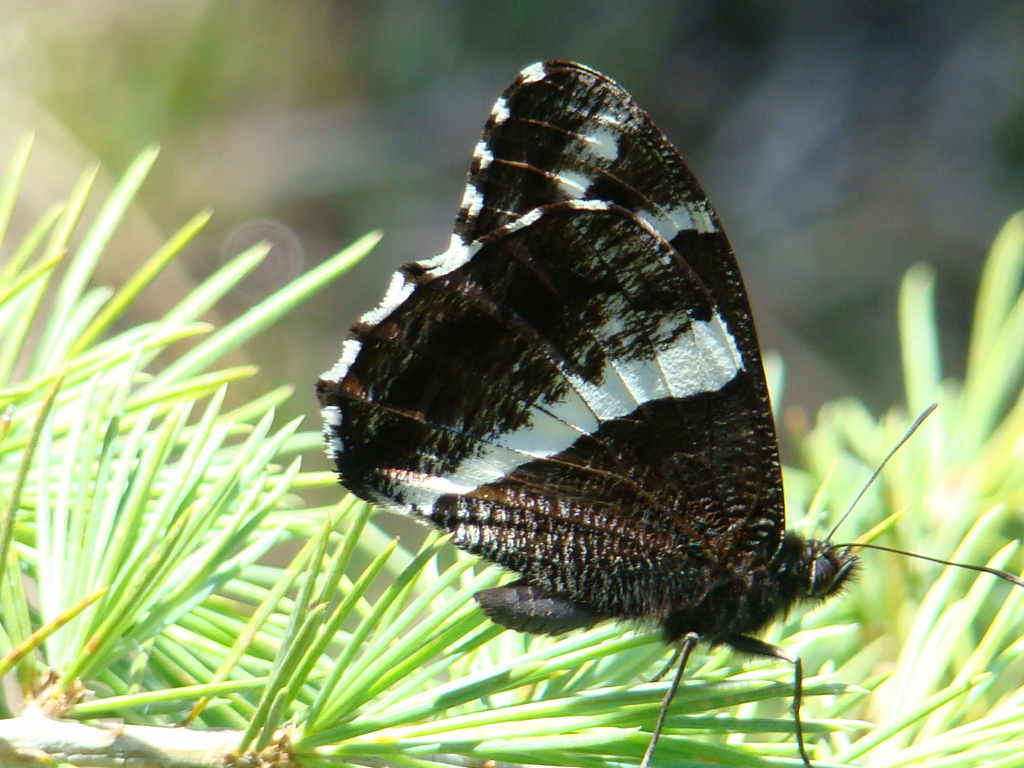
Aulocera swaha (Common Satyr)
Also known as the Great Himalayan Satyr, is a high-altitude butterfly species commonly observed in the alpine meadows and rocky trails of the Great Himalayan National Park (GHNP). Known for its subtle beauty and resilience, this butterfly thrives in harsh mountainous environments, making it a fascinating subject for nature lovers and lepidopterists alike.
| Common Name | Common Satyr |
| Scientific name | Aulocera swaha |
| Family | Nymphalidae |
| Description |
This medium-sized butterfly is characterized by its dusky brown wings, accentuated with pale bands and eye spots on the hindwings that serve as a defense mechanism against predators. The underside of its wings is even more cryptic, often resembling pebbles or dry leaves, helping it remain camouflaged when resting on stones or forest litter. Aulocera swaha is typically found between 2,500 and 4,000 meters above sea level. In GHNP, it favors sunlit slopes, rocky outcrops, and the edges of high-altitude grasslands. It is especially active during the warmer summer months, when wildflowers are in bloom and nectar sources are abundant. Its life cycle is closely tied to hardy alpine grasses and low shrubs, which serve as host plants for its larvae. The adults are often seen basking on rocks to absorb heat and sipping nectar from wildflowers. Their flight is low and deliberate, often weaving through boulders and shrubs in short bursts. The presence of Aulocera swaha in GHNP underscores the park’s exceptional biodiversity and the ecological value of high-altitude ecosystems. It also acts as a bio-indicator, signaling the health and stability of its native habitat. To learn more about GHNP’s rich butterfly fauna, check out profiles on Aulocera brahminus or explore the full GHNP Fauna section. |



